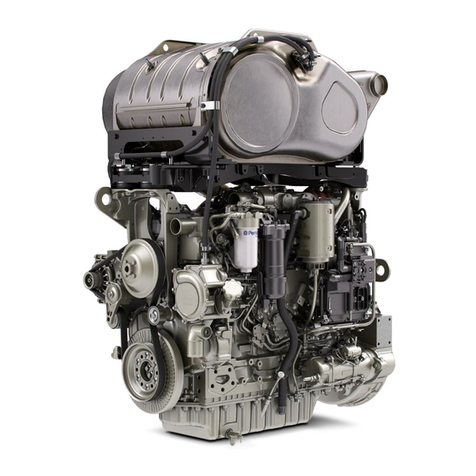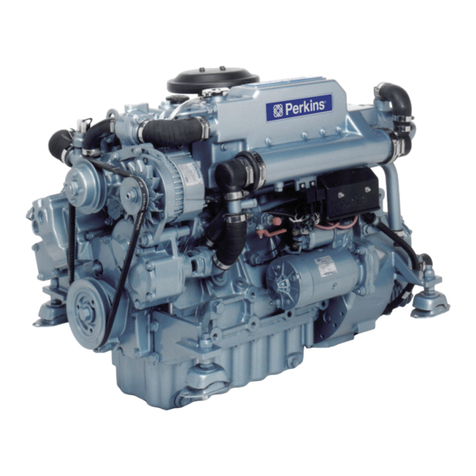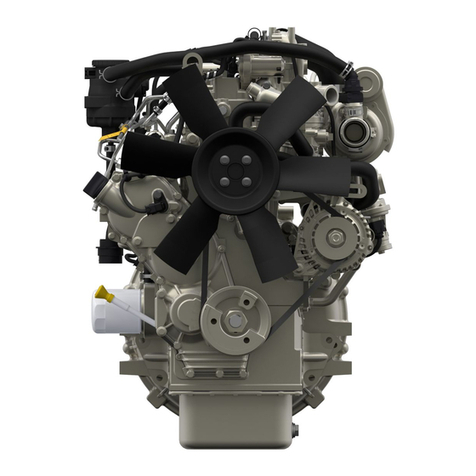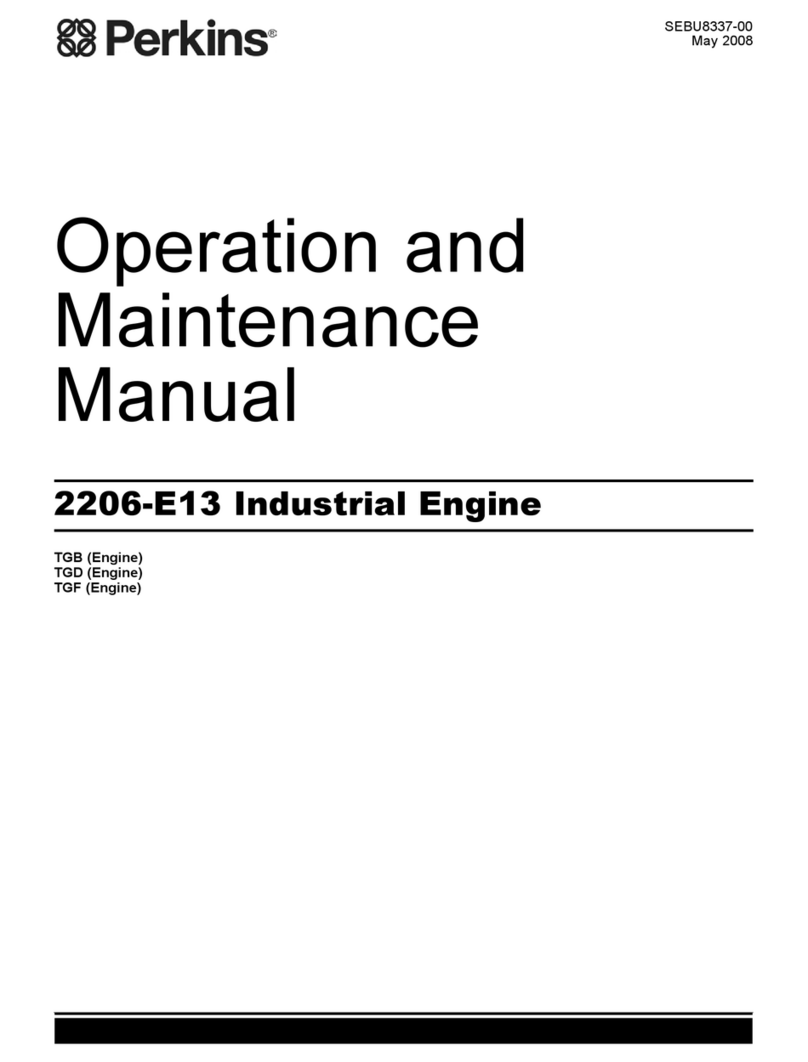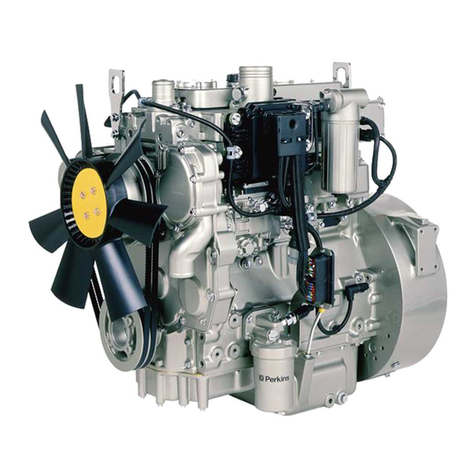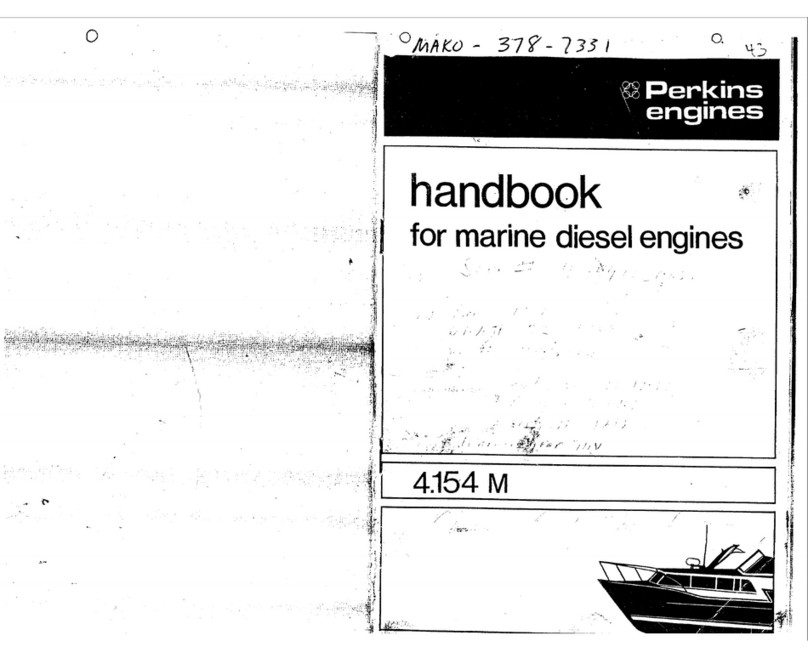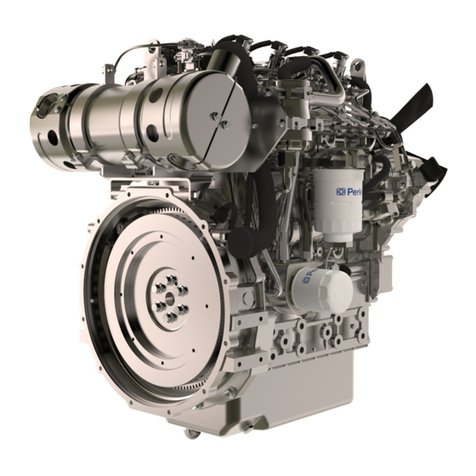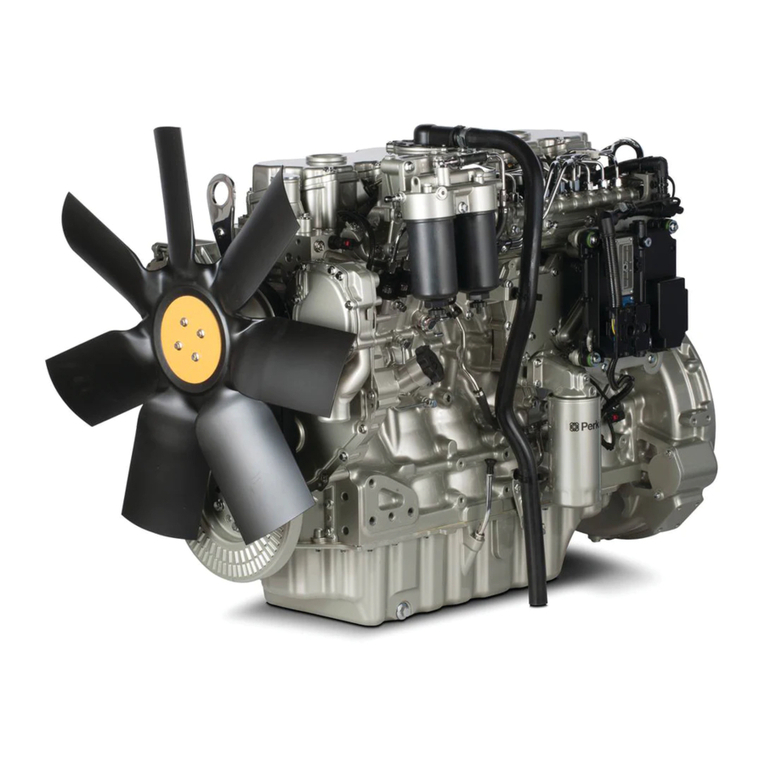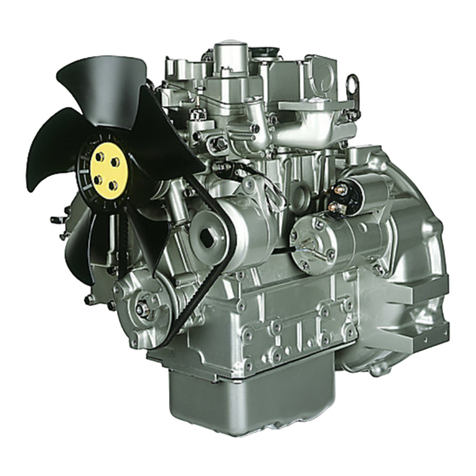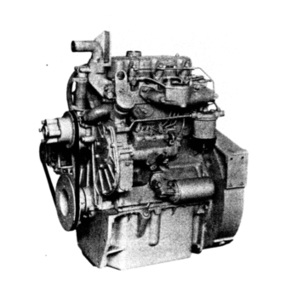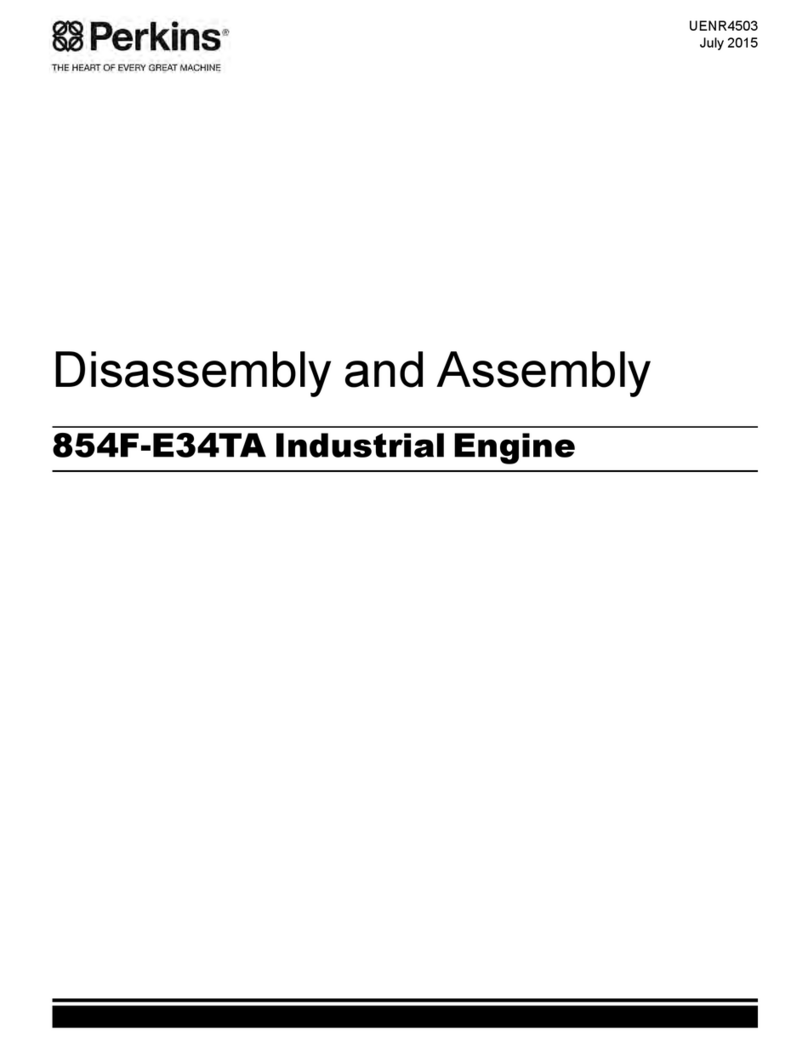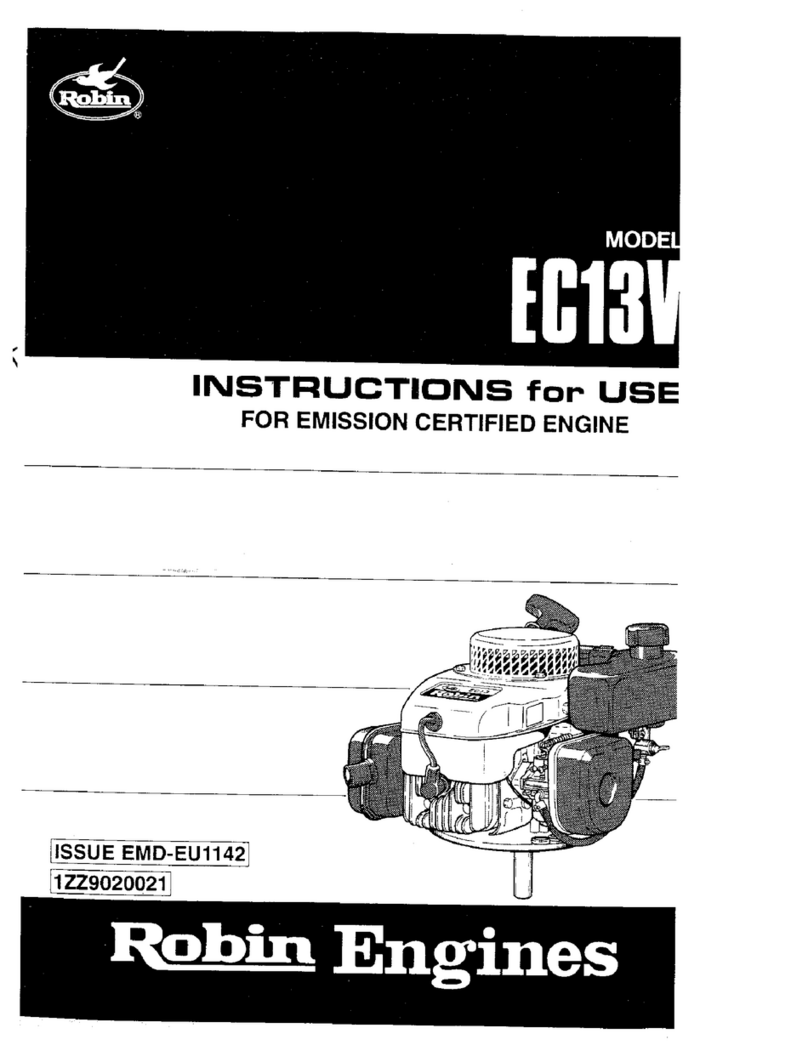
This document is printed from SPI². Not for RESALE
Table of Contents
Systems Operation Section
General Information
Introduction............................ ........................... 4
Engine Operation
Basic Engine........................... .......................... 7
Air Inlet and Exhaust System............. ............. 10
Clean Emissions Module................ ................ 15
Cooling System ....................... ....................... 17
Lubrication System..................... .................... 19
Electrical System...................... ...................... 19
Cleanliness of Fuel System Components.... ... 20
Fuel Injection ......................... ......................... 21
Electronic Control System ............... ............... 28
Power Sources ........................ ....................... 41
Glossary of Electronic Control Terms ....... ...... 45
Testing and Adjusting Section
Fuel System
Fuel System - Inspect................... .................. 50
Air in Fuel - Test....................... ....................... 50
Finding Top Center Position for No. 1 Piston. . 52
Fuel Injection Timing - Check ............. ............ 52
Fuel Quality - Test...................... ..................... 53
Fuel System - Prime .................... ................... 54
Fuel System Pressure - Test.............. ............. 55
Gear Group (Front) - Time ............... ............... 58
Air Inlet and Exhaust System
Air Inlet and Exhaust System - Inspect...... ..... 59
Turbocharger - Inspect .................. ................. 59
Exhaust Cooler (NRS) - Test ............. ............. 62
Diesel Particulate Filter - Clean ........... ........... 63
Compression - Test..................... .................... 64
Engine Valve Lash - Inspect .............. ............. 64
Valve Depth - Inspect................... ................... 65
Valve Guide - Inspect................... ................... 66
Lubrication System
Engine Oil Pressure - Test ............... ............... 68
Engine Oil Pump - Inspect............... ............... 68
Excessive Bearing Wear - Inspect......... ......... 68
Excessive Engine Oil Consumption - Inspect. 68
Increased Engine Oil Temperature - Inspect . . 69
Cooling System
Cooling System - Check ................. ................ 70
Cooling System - Inspect................ ................ 70
Cooling System - Test................... .................. 71
Engine Oil Cooler - Inspect............... .............. 72
Water Temperature Regulator - Test........ ....... 73
Water Pump - Inspect ................... .................. 73
Basic Engine
Position the Valve Mechanism Before
Maintenance Procedures............... ............... 74
Piston Ring Groove - Inspect............. ............. 74
Connecting Rod - Inspect ................ ............... 75
Cylinder Block - Inspect................. ................. 75
Cylinder Head - Inspect ................. ................. 75
Piston Height - Inspect.................. .................. 76
Flywheel - Inspect...................... ..................... 77
Flywheel Housing - Inspect .............. .............. 78
Gear Group - Inspect................... ................... 79
Crankshaft Pulley - Check ............... ............... 80
Electrical System
Alternator - Test ....................... ....................... 81
Battery - Test.......................... ......................... 83
Charging System - Test ................. ................. 83
V-Belt - Test .......................... .......................... 84
Electric Starting System - Test............ ............ 85
Index Section
Index................................ ............................... 89
UENR0623 3
Table of Contents

